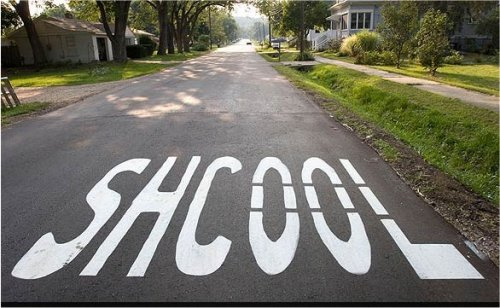Reaching Zero Defect Nirvana
A quick "Zero Defect" can avoid embarrassment like this.
At CJP, we try to achieve Zero Defect. Very similar to how a manufacturer inspects parts and products to make sure there are no major malfunctions, we too enforce quality control to make sure our documents have zero mistakes.
I’ve been thinking about this a lot lately since I am OCD about looking at emails and written documents several times before hitting the send button. But no matter how many times I look at something there can be a mistake that makes me say “DAMNIT!” or “how the heck did we miss that?!” or “maybe it’s time for a new contact lens prescription?”
So the question I’m raising today is: Can we actually reach Zero Defect nirvana? No mistakes ever.
As mere humans, let’s face it, we’ll never be perfect. We type too fast, we race against the clock and our eyes play tricks on us. That said there are some steps we can take that will help us find the mistakes that can lead to wasted time, wasted money (printing!) and embarrassment. Here are some tips from Ronnie Moore, a nationally known expert on spoken and written communication, which can help us get closer to achieving Zero Defect (I’ve adapted them for the purpose of this post):
Don’t trust spellcheck.
In a business like public relations, this rule is especially important because “public” without the L is a real word…and it won’t be picked up by spellcheck (can we say embarrassing!). Same is true for those in the financial world: Don’t trust spellcheck to pick up a missing T in “assets.” Read what you write.
Try a dramatic reading.
Our eyes alone won’t catch everything because our brains can anticipate the meaning before we’re finished reading the sentence. Reading out loud, though possibly annoying to a cube mate, and following the sentence with your finger, lets you use other senses like hearing and touch to help find mistakes.
Have someone else read your stuff.
Kind of an easy one here. Other people will be better at finding your mistakes because they’re looking at it with a fresh eye.
Change the way familiar text looks.
Again, it’s all about the eyes and brain processing information. They get familiar with what we’ve written especially if we’ve done several drafts of the same document. When reviewing text, change the environment of the document (color, background, font style, etc.) to shake up a familiar setting.
Pay extra attention to the biggest potential problems.
What are potentially the most costly and embarrassing mistakes? Writing the wrong names and numbers. These errors will jump out on a page as if they were typed in 72 point bold font. Or, if no one catches them you could potentially send your client to the wrong address on the wrong day. Yikes. Make it a priority to always check proper names and numbers, dates, etc. Even in a rush, spend whatever time you do have to finding and fixing those potentially damaging mistakes in the text.
Of course, we’re going to make mistakes. But if we take the time to see what we’re looking at, be more careful and ask others for help, we’ll be that much closer to reaching zero defect nirvana. (Eek, I hope there aren’t any errors in this!) ![]()
